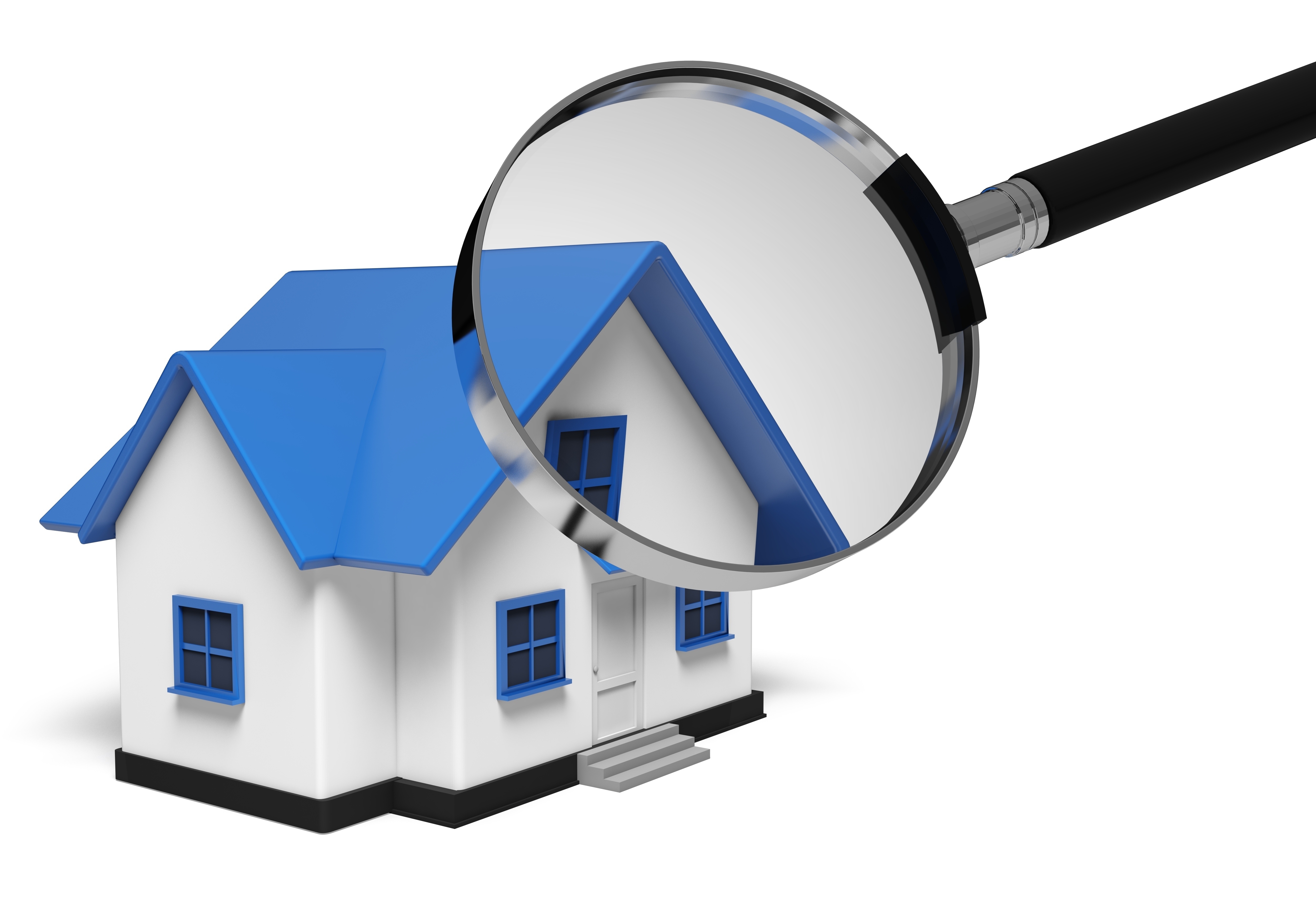
Real Estate Appraisals: A PrimerAcquiring a home is the most important financial decision some people could ever make. Whether it's where you raise your family, a second vacation home or one of many rentals, the purchase of real property is a complex financial transaction that requires multiple people working in concert to see it through. It's likely you are familiar with the parties taking part in the transaction. The most familiar person in the exchange is the real estate agent. Then, the lender provides the money required to bankroll the exchange. The title company sees to it that all details of the sale are completed and that a clear title passes from the seller to the purchaser. So, what party makes sure the value of the real estate is in line with the purchase price? This is where you meet the appraiser. We provide an unbiased opinion of what a buyer could expect to pay — or a seller receive — for a property, where both buyer and seller are informed parties. A licensed, certified, professional appraiser from Yida Friedman will ensure, you as an interested party, are informed. Appraisals start with the inspectionOur first duty at Yida Friedman is to inspect the property to determine its true status. We must actually see aspects of the property, such as the number of bedrooms and bathrooms, the location, amenities, etc., to ensure they really exist and are in the shape a reasonable person would expect them to be. The inspection often includes a sketch of the property, ensuring the square footage is accurate and illustrating the layout of the property. Most importantly, the appraiser identifies any obvious features - or defects - that would affect the value of the property. Next, after the inspection, we use two or three approaches to determining the value of the property: paired sales analysis and, in the case of a rental property, an income approach. 
Cost ApproachThis is where we pull information on local building costs, the cost of labor and other factors to ascertain how much it would cost to construct a property similar to the one being appraised. This figure usually sets the upper limit on what a property would sell for. It's also the least used predictor of value. 
Paired Sales AnalysisAppraisers can tell you a lot about the communities in which they work. They thoroughly understand the value of certain features to the homeowners of that area. Then, the appraiser looks up recent sales in the vicinity and finds properties which are 'comparable' to the property in question. Using knowledge of the value of certain items such as square footage, additional bathrooms, hardwood floors, fireplaces or view lots (just to name a few), we adjust the comparable properties so that they more accurately match the features of subject.
After all differences have been accounted for, the appraiser reconciles the adjusted sales prices of all the comps and then derives an opinion of what the subject could sell for. When it comes to putting a value on features of homes in Spring Valley and Rockland, Yida Friedman can't be beat. The sales comparison approach to value is typically awarded the most consideration when an appraisal is for a home exchange. Valuation Using the Income ApproachA third method of valuing approach to value is sometimes used when an area has a measurable number of renter occupied properties. In this case, the amount of revenue the property yields is taken into consideration along with other rents in the area for comparable properties to determine the current value. Putting It All TogetherExamining the data from all applicable approaches, the appraiser is then ready to document an estimated market value for the property at hand. The estimate of value on the appraisal report is not always what's being paid for the property even though it is likely the best indication of what a property is worth. It's not uncommon for prices to be driven up or down by extenuating circumstances like the motivation or urgency of a seller or 'bidding wars'. But the appraised value is typically employed as a guideline for lenders who don't want to loan a buyer more money than they could get back in case they had to sell the property again. At the end of the day, an appraiser from Yida Friedman will help you get the most accurate property value, so you can make the most informed real estate decisions. |